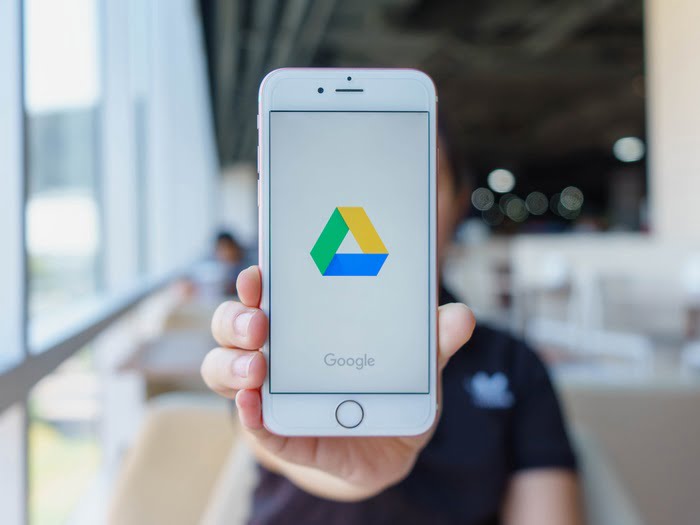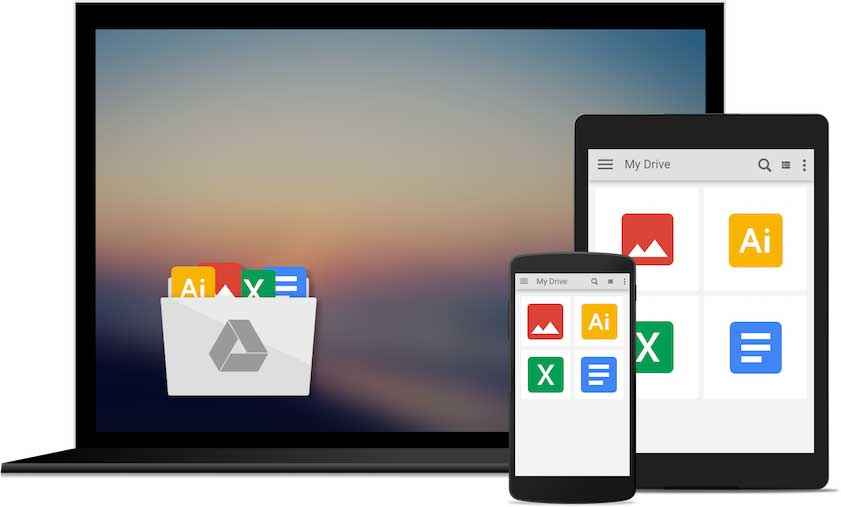If you don’t know how to free up space on Google Drive, we are going to tell you some interesting tricks. All Google Drive users have 15GB storage limit in Gmail, Google Drive, and Google Photos.
When you upgrade to Google One your total storage increases to 100GB or more, depending on the plan you choose. Now, if you want to keep your 15GB here are some tips that will help you keep your Drive clean of documents you do not need.
How to free up space on Google Drive with these simple tricks?
Remember that the storage space offered by Drive is also shared with Gmail and Google Photos. To check how much space you have left and how the use of your files is divided between the three services, you have to access this link on your computer. Please note that when your account reaches its storage limit, you will not be able to send or receive emails.
Google Drive allows you to store all types of files, such as personal multimedia content (photos, videos and music, which can be accessed from any computer or mobile device) and files in any format. It also allows you to edit documents online with its office suite similar to Microsoft Office.
Also, remember that to free up space on Google Drive you have to go to photos.google.com/settings and click on recover storage space. Google Photos will tell us how much storage we will free up by compressing the original photos and videos in High quality.

Google Drive is available for the following operating systems: Windows, OS X, iOS, Chrome, and Android. In addition to the tricks to clean up your email, there are also some ideas to make the most out of storage space.
Remove old files
First, let’s go through the old files and documents you have in your Drive account. You can go directly to the files you haven’t opened for a long time. If there are documents, images that you have not used for a long time, there is a chance that they are not important anymore. Go to “My Drive”. This usually shows you the last files you have accessed. You can choose three different ways to sort these files: by last modified in general, by last modified by you, or by last opened by you.
Choose the latter option and to see the ones you haven’t opened for a long time, remove those you don’t need.
Delete the largest files
Another option you have is to find which files are the largest and take up the most space and assess whether it is worth keeping them in your Drive. To go to the heaviest files you have to choose to view your documents in linear mode.
You can sort the files according to their size. In the same row where “My Drive” is written on the main Drive page, on the right you have the option to choose how you want to view your files. It can be in squares (grid view) or it can be in rows (list view). Select the rows and you will be shown the size of each file, so you can choose the ones that take up the most space to appear in the first rows.

Find your backups
There are times when you see that you have few files but Drive shows you that you have a lot of space occupied. Maybe, you have backups of your files and you are not aware of it. Google Drive can adapt to other applications or games and if they create their backups, Drive will also save them.
To find out if you have saved files of this type that are taking up space, you should access this address: https://drive.google.com/drive/backups. There you will see if you have any backup files that you were not aware of and you can delete the ones you don’t need. If you want to go back to the storage section, that option appears in the upper right corner.
Delete other people’s files shared with you
One of the advantages of Google Drive is the ability to share files. You can have a lot of documents created by other people (friends, co-workers…) stored in your Drive as well. Many times, these files are shared temporarily, for example, to review or add comments in a Word document. But eventually, you no longer need them and you can remove them.
Go to the “Shared with me” option. It is in the left column of the main Drive screen. Just below there’s “My Drive” folder. Click on it and you will see which files you have there that have not been initially created by you.





